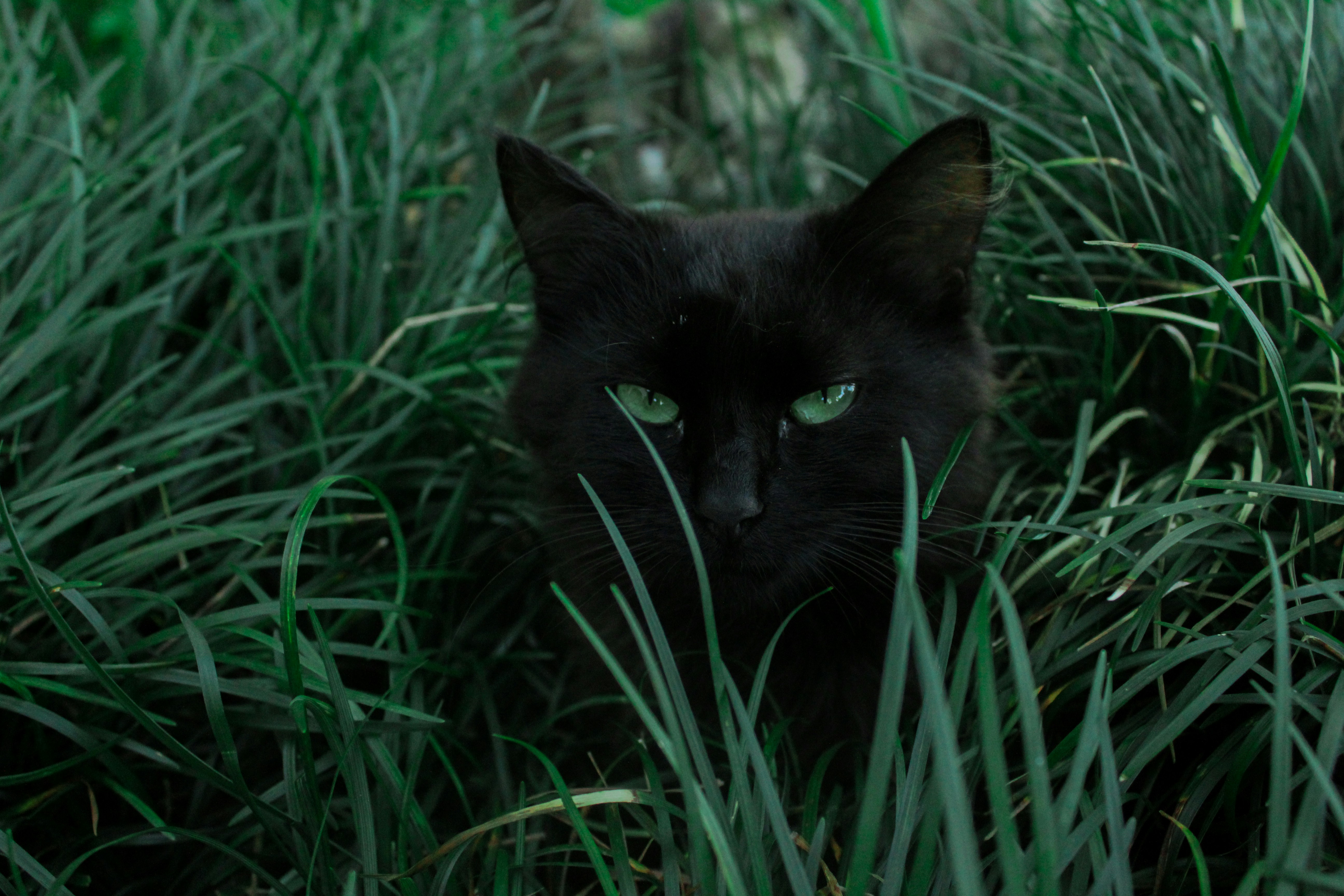
Photo by Raquel Pedrotti on Unsplash
Bastet by Kathleen Calby
The lion-headed Sekhmet’s sister, the Egyptian goddess
Bastet has the head of a cat and a graceful human female
body, often simply depicted as a black cat.
She strolls into our midst on the isle of Isis.
All black and luminous, this female cat. She knows
what her presence means: she is a goddess, who flaunts
her legs, aware we are already staring, then places
herself on a step as if to say, Oh, do go on. Don’t
let me stop you. And, if she were wearing
sunglasses, she would tip them down to glance
over the tops at this point, and we
would see her eyes, the color green that bears
the threat of tornados, only a slit for light to enter
and we fall through that doorway, all eighteen of us.
From a corner, an all-white male approaches;
the black one nods. The white rubs against her,
and she barely notices
the gesture, til at the end; she stretches
from head to haunch, croons a purr. Then
the white one disappears
like smoke into a crack. As we begin to walk,
Bastet chooses to follow, until she decides
to lead. Bedazzled to be in her train, we round
the temple, the sun flashing into our eyes, onto
the goddess’s golden monument. Ahh, how it was.
She advances until we see her
no longer. She must still be there
as the boat pulls away,
the air turns the color of lilacs.